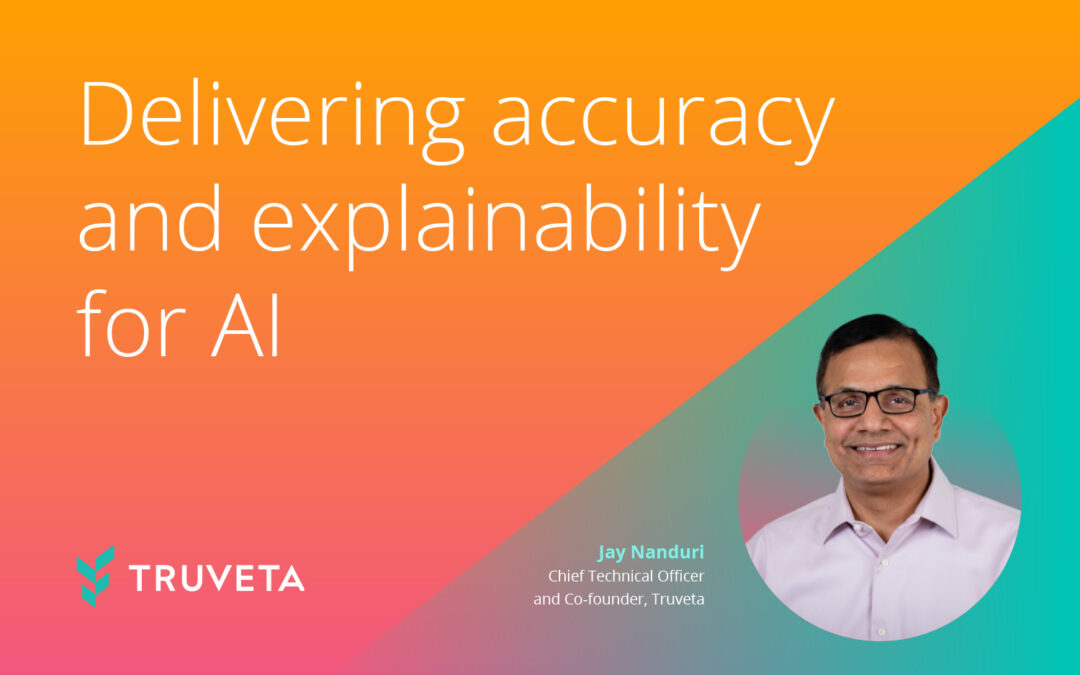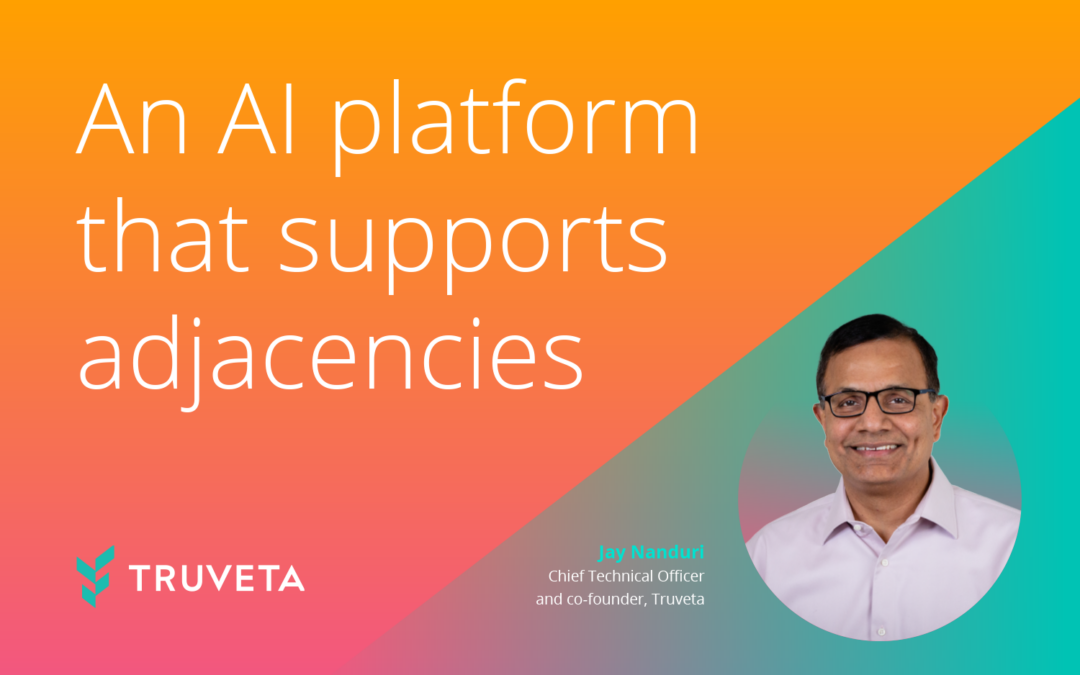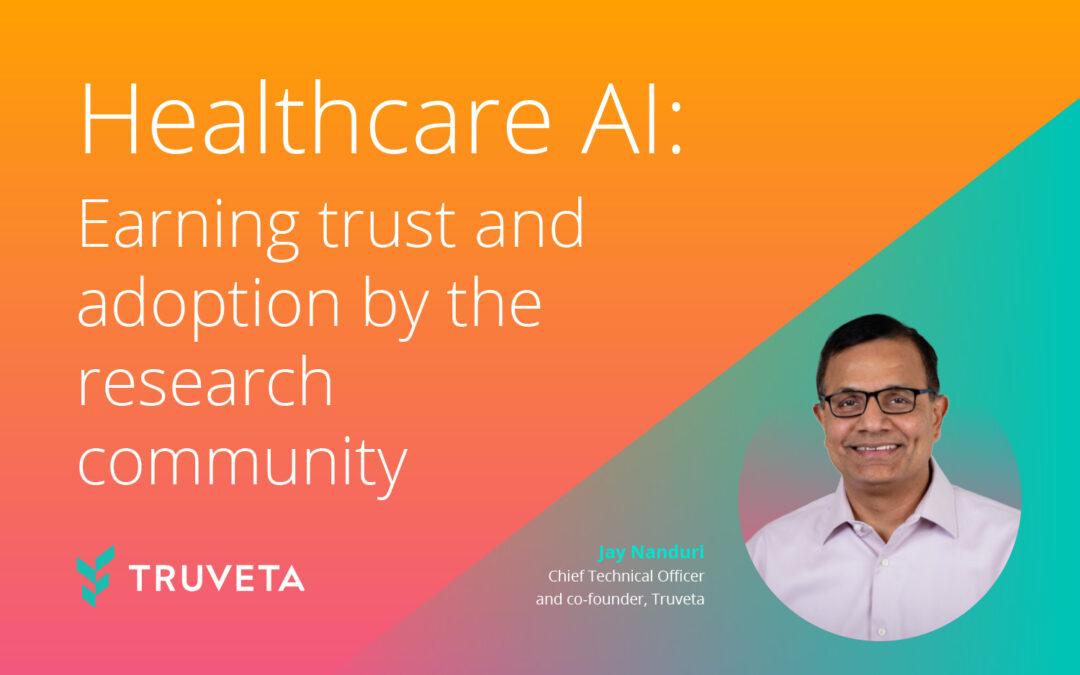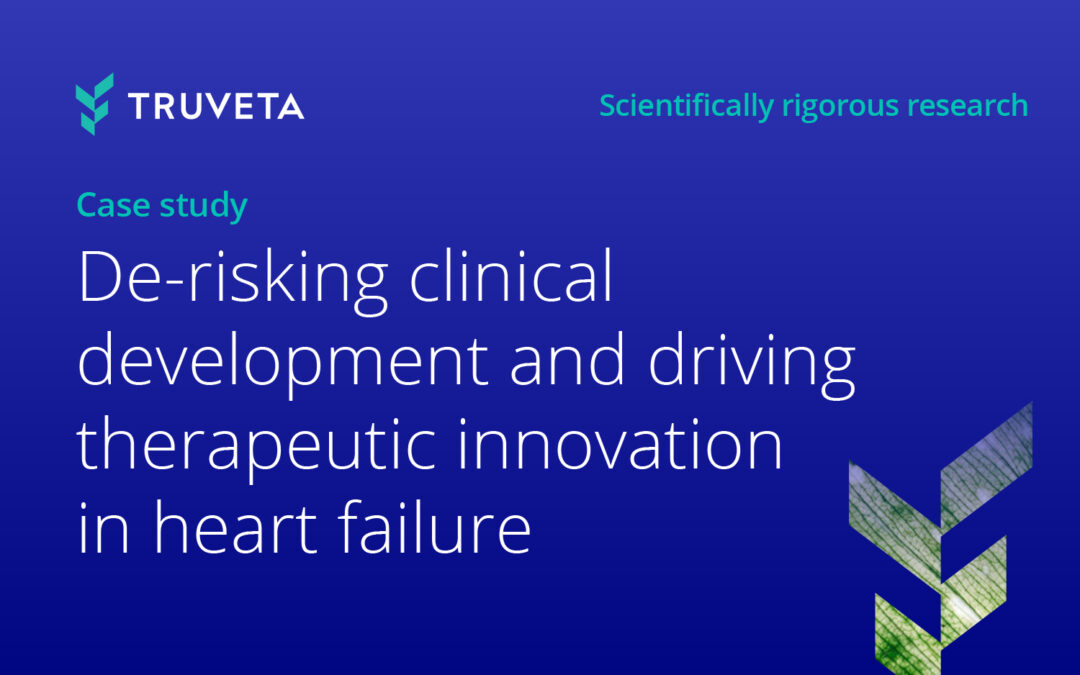
As a clinical researcher at Truveta and practicing academic hospitalist, data is an integral piece of the medical evidence I use to make clinical decisions every day. I joined Truveta because I believe the Truveta Platform brings together the volume and diversity of data with the speed of real-time insights in a way no one else can. I am constantly thinking about the broad range of clinical questions I can ask of the platform to take advantage of its de-identified patient volume, demographic diversity, and breadth of care delivery.
With the announcement of Truveta’s new partnership with LexisNexis Risk Solutions, the data within the Truveta Platform becomes even more impactful with the inclusion of complete mortality data, social determinants of health (SDOH) data, and medical claims data. The partnership addresses two weaknesses inherent to any dataset derived only from clinical EHR data: a broader view of the patient journey and longitudinal outcomes that occur outside of a single healthcare setting, and insight into the socioeconomic factors that impact patient outcomes.
Truveta-validated longitudinal data elements
As most researchers know, it is often challenging to obtain datasets with good sensitivity characteristics around longitudinal data elements, such as full encounter history or fact of death. We are often beholden to whatever data is available in our individual healthcare systems, limiting our research when patients seek care outside of our healthcare system. Perhaps the best example of a data element like this is fact of death. While hospital-based death data is typically available for health system-based EHR data, researchers are not able to get reliable death data for all patients that have ever been seen in a health system since 2/3 of deaths occur outside of the hospital.
Truveta’s new partnership with LexisNexis Risk Solutions closes this critical, longitudinal patient data gap in our EHR-sourced data. For example, using LexisNexis proven fact of death reporting, we can provide high sensitivity fact of death whether or not the patient was hospitalized prior to death. This will also extend to a wide variety of longitudinal variables such as care across multiple providers, connecting patient records across name or address changes and misspellings, and more. This longitudinal view helps us to research a broader set of factors and outcomes across the entire patient journey from birth to death.
As a result, Truveta is uniquely able to offer both clinical-grade research data in addition to longitudinal data. Suddenly answering research questions such as, “Does prescribing a newly released blood thinner for deep vein thrombosis reduce the likelihood of death over the next 90 days from diagnosis?” becomes a question that is answerable within days instead of months.
Impact of Social Determinants of Health data
Having been invested in researching social determinants of health (SDOH) for nearly 15 years, I know that simply getting any data on socioeconomic factors is a major accomplishment, whether it is housing status, transportation access, or food insecurity. LexisNexis’ social determinant variables are early in their validation for research use cases, but they provide so much potential for unlocking social determinants research at scale. Variables such as financial strain, housing status, insurance class, and geocoded community variables around food deserts and environmental variables will soon be integrated and available for research. As we bring these data elements into the Truveta Platform, my clinical research colleagues and I are so excited to work with other researchers to find critical use cases for these variables and validate them for transformative research studies.
In addition, researchers typically struggle to get structured SDOH data in any form, especially at an individual level, to help correlate specific diagnoses with socioeconomic factors. For example, they need individual-level data to study the impact food insecurity might have on diabetes or obesity. When we do get the data, there are often inherent biases in how it is collected (for example, researchers may only request SDOH data from patients who they think have social needs). LexisNexis has the potential to provide complete, comprehensive SDOH structured data elements at the individual level, while maintaining patient privacy through advanced tokenization. Within days of starting research, we will be able to answer questions like, “Is Omicron disproportionately affecting the homeless?” or “Do patients with food insecurity have worse outcomes for COVID?”
With this comprehensive view of SDOH factors, every clinical research study can be a comprehensive health equity study.
Closing thoughts
As a clinical researcher, it isn’t just about more data – it’s about quality data. By bringing Truveta’s high quality, comprehensive clinical data together with longitudinal insights and social determinants of health from LexisNexis, the clinical research possibilities and insights are endless. I’m so excited to see what novel clinical questions our research community will be able to ask and answer!







